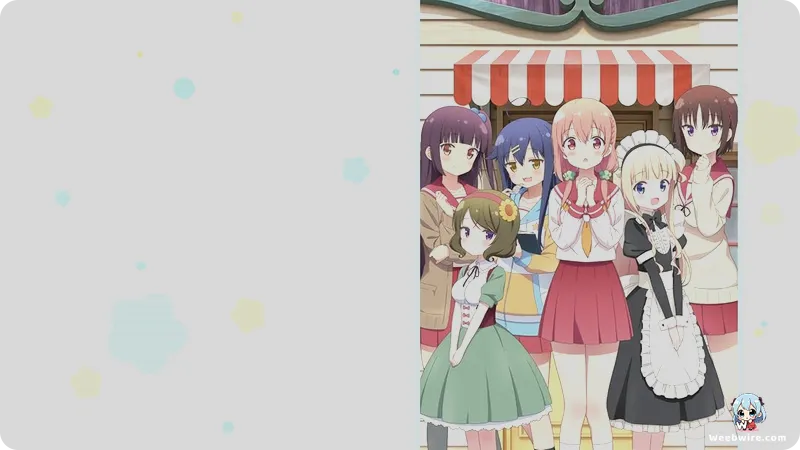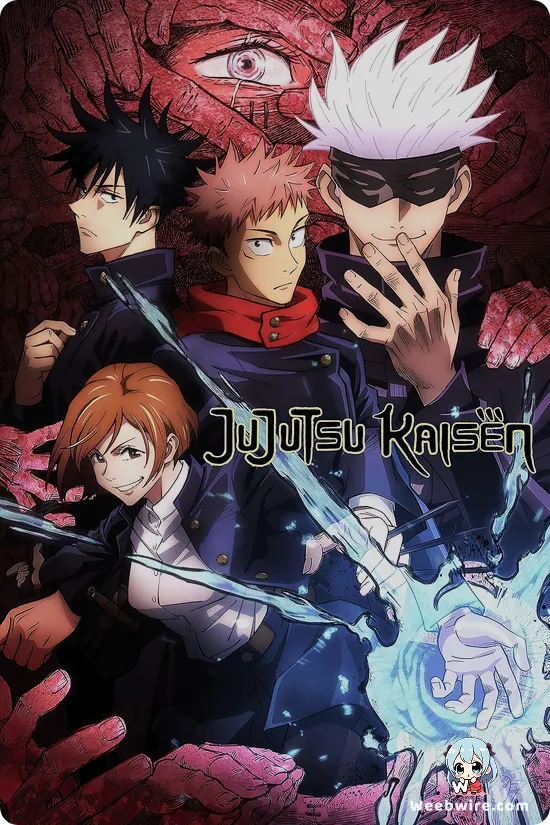Beyond the Cute: Uncovering the Technical Mastery and Unique Challenges Behind the Beloved Slice-of-Life Anime, Hinako Note

Analyzing the Production of Hinako Note
The 2017 anime adaptation of Mitsuki’s widely enjoyed four-panel manga, Hinako Note, is frequently categorized within the 'cute girls doing cute things' subgenre. However, a detailed examination of its production reveals a compelling narrative of technical sophistication and unique creative challenges that set it apart from similar titles. The series was animated by Studio Passione, a production house more commonly associated with intense action sequences and mature themes. Hinako Note thus represented a significant stylistic pivot for the studio, demanding a focus on nuanced character expression and expert comedic timing rather than large-scale visual spectacles. This exploration highlights the lesser-known facts and production complexities that defined this character-centric series, which stars the intensely shy protagonist, Hinako Sakuragi.
The Technical Challenge of the Scarecrow Gag
Hinako’s defining characteristic is her severe social anxiety, which manifests in a visually striking and comedic manner: she spontaneously freezes, becoming completely rigid and immobile, resembling a scarecrow. This central visual joke provides the series with much of its distinctive humor, but it presented a significant hurdle for the animation team at Passione. While the scarecrow transformation is a simple static gag in the original yonkoma format, translating it into fluid animation while retaining the comedic impact required exceptional precision.
Key production trivia highlights the specific method used: instead of an abrupt stop, the animators often employed a rapid, stiffening sequence, frequently enhanced by exaggerated sound effects. This careful execution ensured the physical comedy landed effectively, preventing Hinako's debilitating condition from being portrayed solely as tragic. The show successfully navigates this delicate balance between empathetic depiction of anxiety and slapstick humor, relying heavily on the voice actor’s skill to convey internal panic even when the character is externally frozen in place.

Studio Passione's Versatility
Passione's involvement stands out as a major point of interest. Prior to Hinako Note, the studio had built a reputation adapting works requiring high-energy action, such as Rokka: Braves of the Six Flowers. This venture into a gentle, pure slice-of-life comedy required a substantial internal shift, demanding staff focus intensely on character design subtleties and serene background aesthetics, favoring soft color palettes and cozy, rural settings. This successful handling of a radically different genre underscored the studio's technical versatility, demonstrating their capacity to apply high-level skill equally to character-driven comedy and intense action.
Adapting the Yonkoma Structure
Perhaps the most challenging aspect was adapting the yonkoma (4-panel) manga structure into a standard 24-minute anime episode. Yonkoma relies on quick, punchy jokes, meaning the source material inherently lacked the narrative density required for full episodes. The Hinako Note production staff had to invent significant bridging content, expanding minor incidents and creating entirely new slice-of-life segments, such as extended rehearsals or daily errands, to maintain narrative flow.
Critically, the director and scriptwriters consciously chose to preserve the manga’s slow, gentle pacing, resisting the common urge to inject rapid plot developments. This dedication to the rhythm of the source material, even necessitating extensive original padding, is a testament to their respect for the original vision, resulting in an anime that feels relaxing, cohesive, and avoids the rushed or cluttered feel common in similar adaptations.
Credits
Hinako Note
Author
Mitsuki
Cover Art
Mitsuki
Studio
Passione
Publisher
Kadokawa Shoten
Producers





